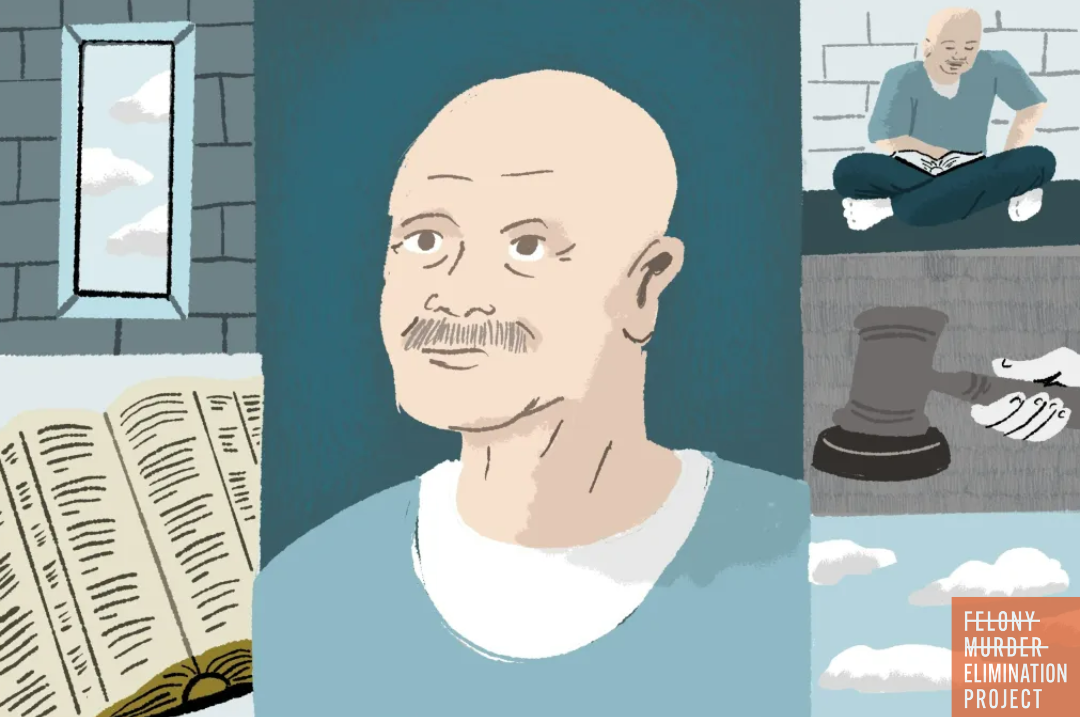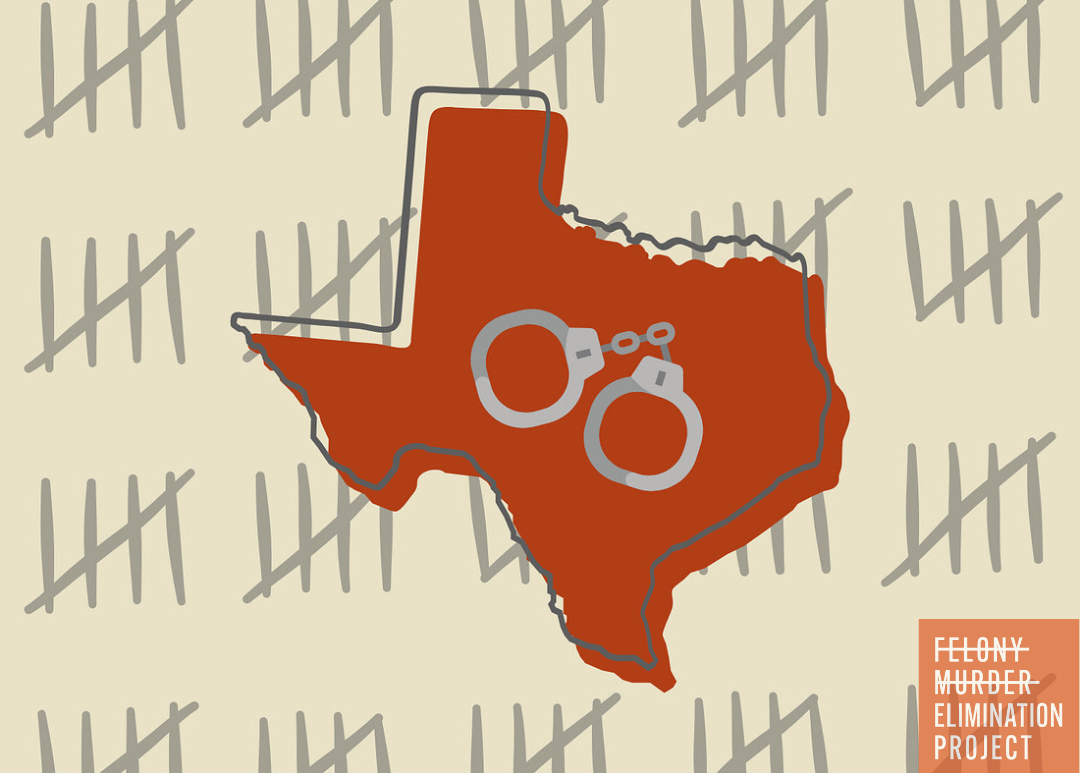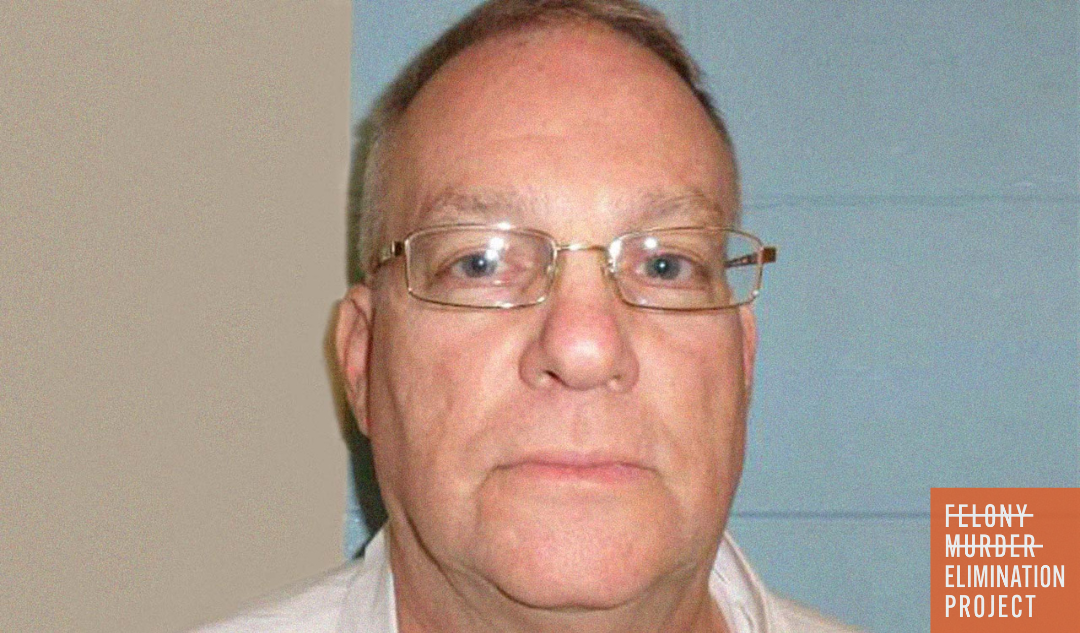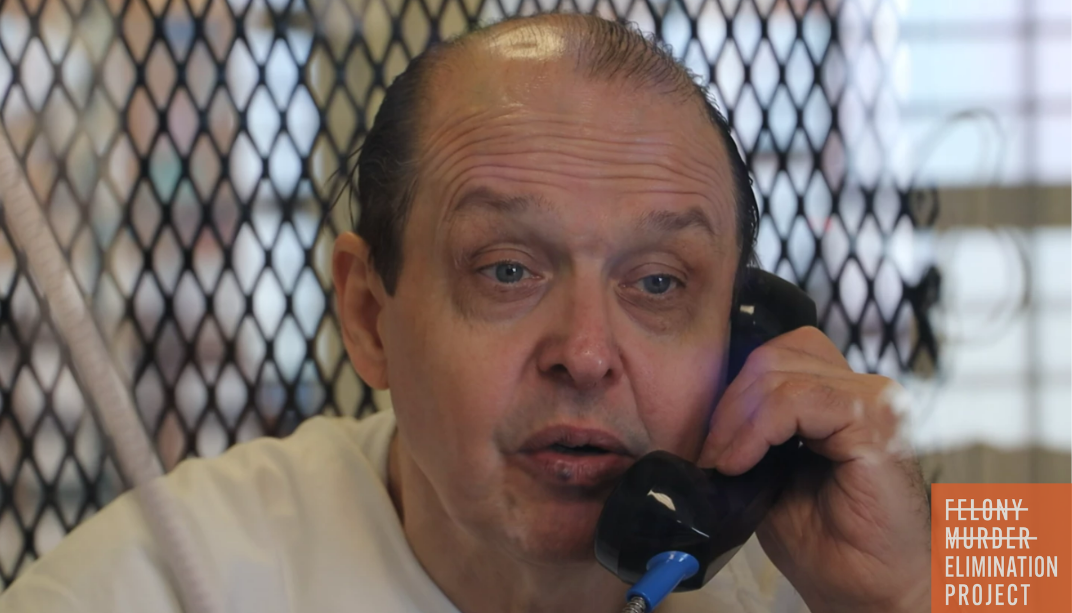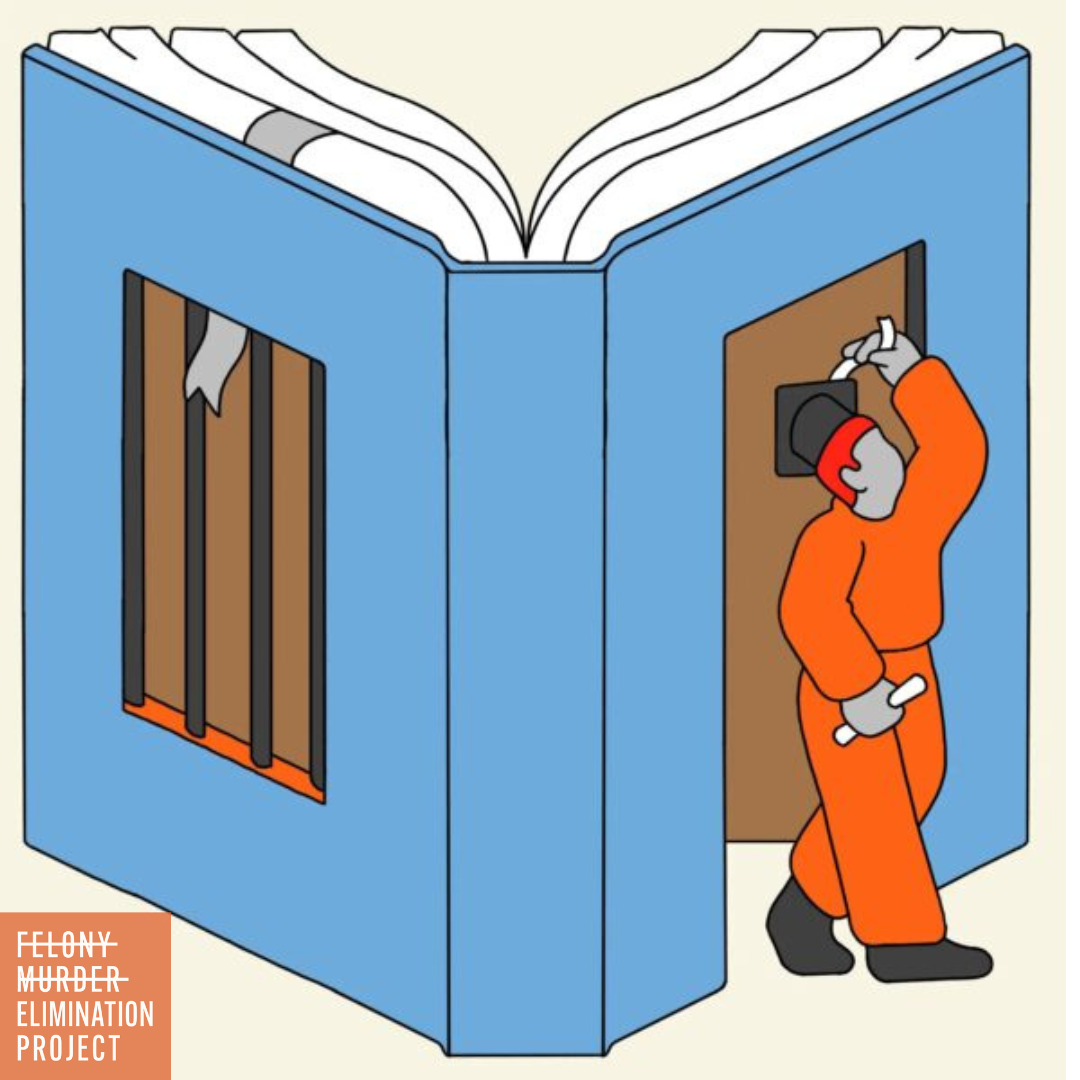Forbes -Mounting Problems At Bureau Of Prisons Facilities
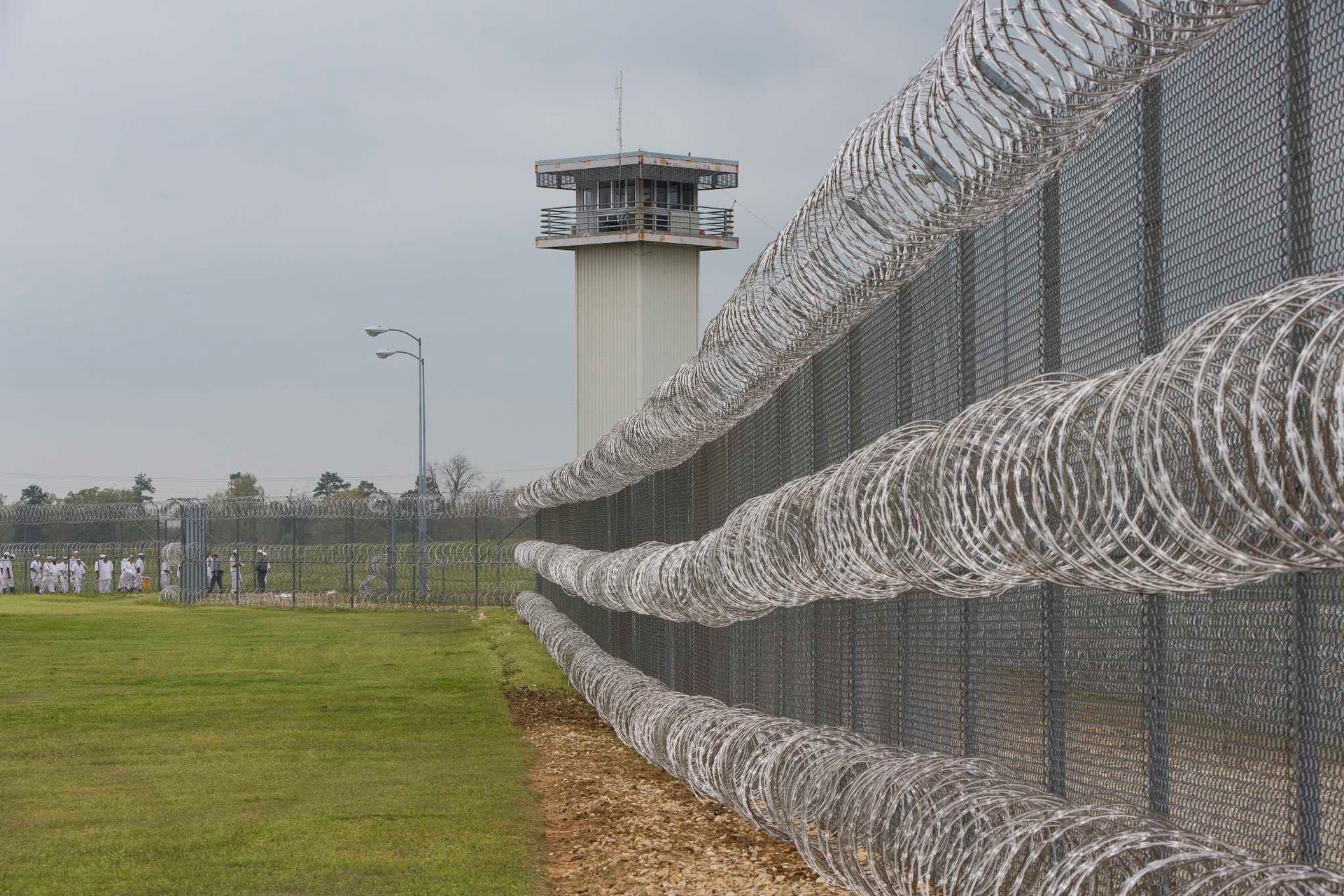
The Constitution requires that prison and jail officials protect incarcerated people from physical harm and sexual assault. But facilities nationwide are failing to meet this fundamental duty.
Prisons and jails in America are in crisis. Incarcerated people are beaten, stabbed, raped and killed in facilities run by corrupt officials who abuse their power with little to no third party oversight. People who need medical care, help managing their disabilities, mental health and addiction treatment, and suicide prevention are denied care, ignored, punished, and placed in solitary confinement. The private prison industry continues to block any meaningful proposals that could lead to better oversight and eventual reform.
In testimony to the US Senate last year, Department of Justice Inspector General Michael Horowitz stated that despite numerous studies, reviews and initiatives, “The problems at the BOP (Bureau of Prisons) have generally increased over the years. The number of federal prisoners dying by suicide has been increasing, according to his report, as has the number of people placed in restrictive housing. His investigation found that prison staff often failed to respond adequately to medical emergencies due to a lack of clear communication, urgency or proper equipment.
The inspector general’s report also found that a shortage of employees for psychiatric services “strained the ability of staff” in facilities where prisoners died “to provide adequate care to mentally ill inmates.” This has been a chronic problem at the Bureau of Prisons, where a lack of mental health resources led to people being undiagnosed and untreated. In the Senate hearing, Horowitz noted that over 60% of people who died by suicide in federal prisons had been on the lowest mental health care level, meaning their facility had determined that they did not need regular care.
Unsurprisingly, the conditions in federal prisons aren't improving, and the current administration's polices indicate decarceration isn't considered a solution to reduce the overcrowding at the heart of these deteriorating facilities. Associate Deputy Director for the BOP Kathleen Toomey recently testified before Congress that over 4,000 beds across BOP facilities are unusable due to deteriorating conditions. This raises the question: Can the BOP effectively manage its 120 operational facilities?
In an investigative report from Forbes Magazine, several people incarcerated in Federal prisons run by the BOP reached out to communicate first-hand reports of the substandard conditions in facilities across the country. Issues ranged from violent fights to being served expired food, failing HVAC systems and mass punishments.
You can read the report "Mounting Problems At Bureau Of Prisons Facilities" from Forbes Magazine.





